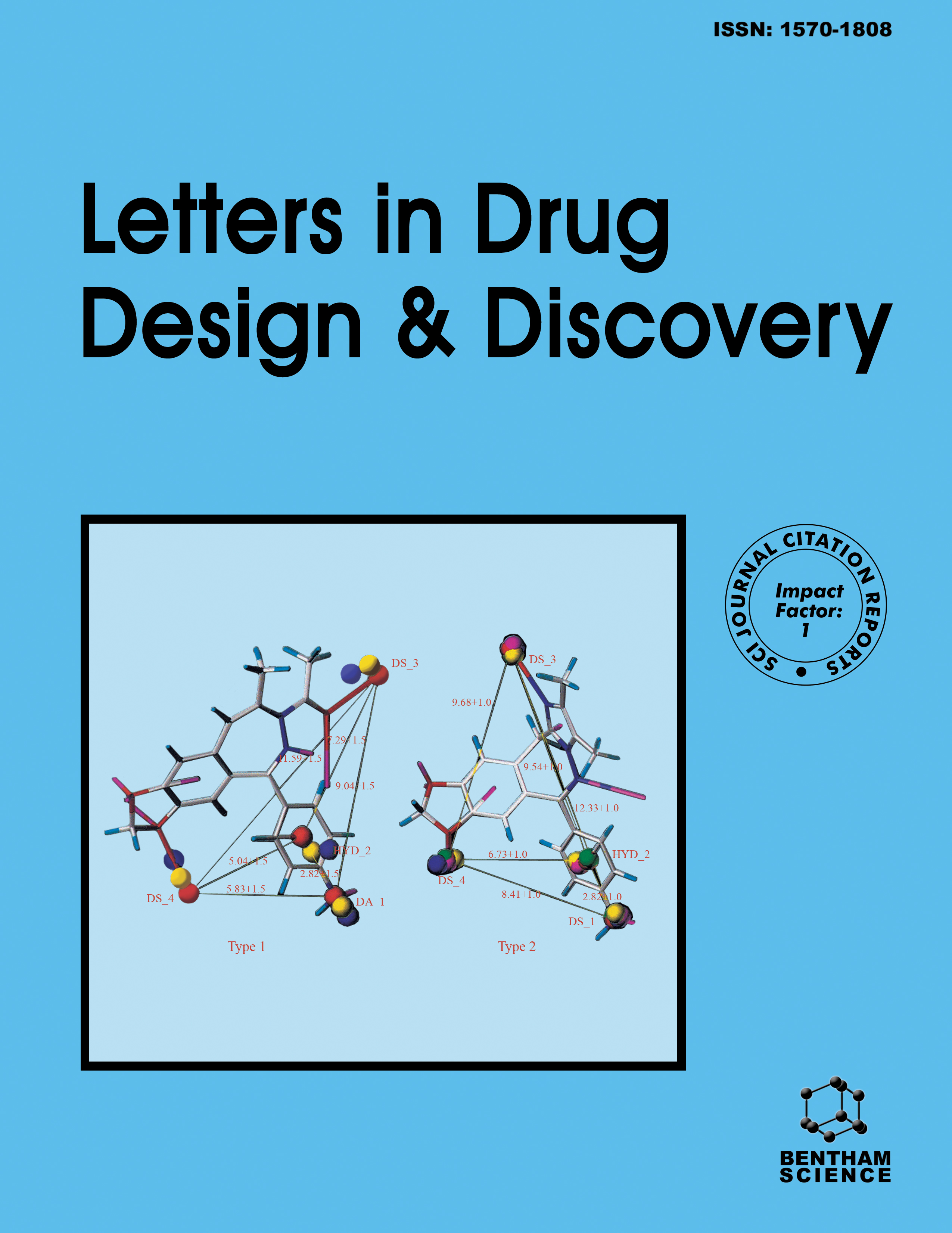-
oa Zhenwu Decoction Modulates PDE3A to Alleviate Inflammation in Diabetic Nephropathy
- Source: Letters in Drug Design & Discovery, Volume 21, Issue 19, Dec 2024, p. 4743 - 4755
-
- 02 Aug 2024
- 05 Dec 2024
- 10 Jan 2025
Abstract
Diabetic nephropathy, a complex microvascular complication of diabetes, poses substantial health and economic challenges globally. ZWD, known for its multi-component composition, has demonstrated potential therapeutic effects in DN, yet its molecular mechanisms require further elucidation to support its clinical application.
This study aimed to comprehensively investigate the active components, target molecules, and molecular mechanisms of Zhenwu Decoction (ZWD), a Traditional Chinese Medicine (TCM) formula, in the treatment of diabetic nephropathy (DN), with a focus on its anti-inflammatory effects through the modulation of the PDE3A-mediated cAMP-PKA-NFκB axis.
The primary objective was to identify the active components of ZWD, their targets, and the underlying molecular pathways through which ZWD exerts its therapeutic effects on DN, specifically focusing on the modulation of inflammation in renal cells under high glucose conditions.
A combined approach of network pharmacology, single-cell transcriptomics, and molecular docking analyses was employed to investigate the active components, target molecules, and underlying mechanisms of ZWD in treating DN. A high-glucose-induced HK-2 cell model was established to simulate in vitro DN conditions. Cell viability was assessed using the CCK-8 assay, while quantitative real-time PCR (qPCR) and Western blotting were employed to quantify gene expression and protein levels, respectively.
Our analysis uncovered 141 active components in ZWD, which targeted 171 proteins involved in pathways related to hypoxia response, neuroactive ligand-receptor interaction, urotensin II signaling, and other pathways implicated in diabetes and vascular diseases. Among these, 75 overlapping genes were pinpointed as potential therapeutic targets of ZWD for DN. Protein-protein interaction networks revealed three functional clusters of targets potentially associated with oxidative stress responses, lipid metabolism, and hormonal regulation. Cell-type specific analyses showed differential expression of these targets in DN, particularly in proximal tubular epithelial cells. Notably, through molecular docking, we discovered a strong binding affinity between PDE3A and beta-sitosterol. In vitro experiments confirmed that ZWD extract modulated PDE3A expression, leading to the suppression of the PKA/AMPK/NF-κB axis and attenuation of high glucose-induced inflammation in HK-2 cells.
This study identified that Zhenwu Decoction (ZWD) suppressed high glucose-induced inflammation in renal cells by inhibiting the PDE3A-mediated cAMP-PKA-NFκB axis, highlighting the potential of ZWD as an effective adjunct therapy for diabetic nephropathy and paving the way for innovative anti-inflammatory treatments.


